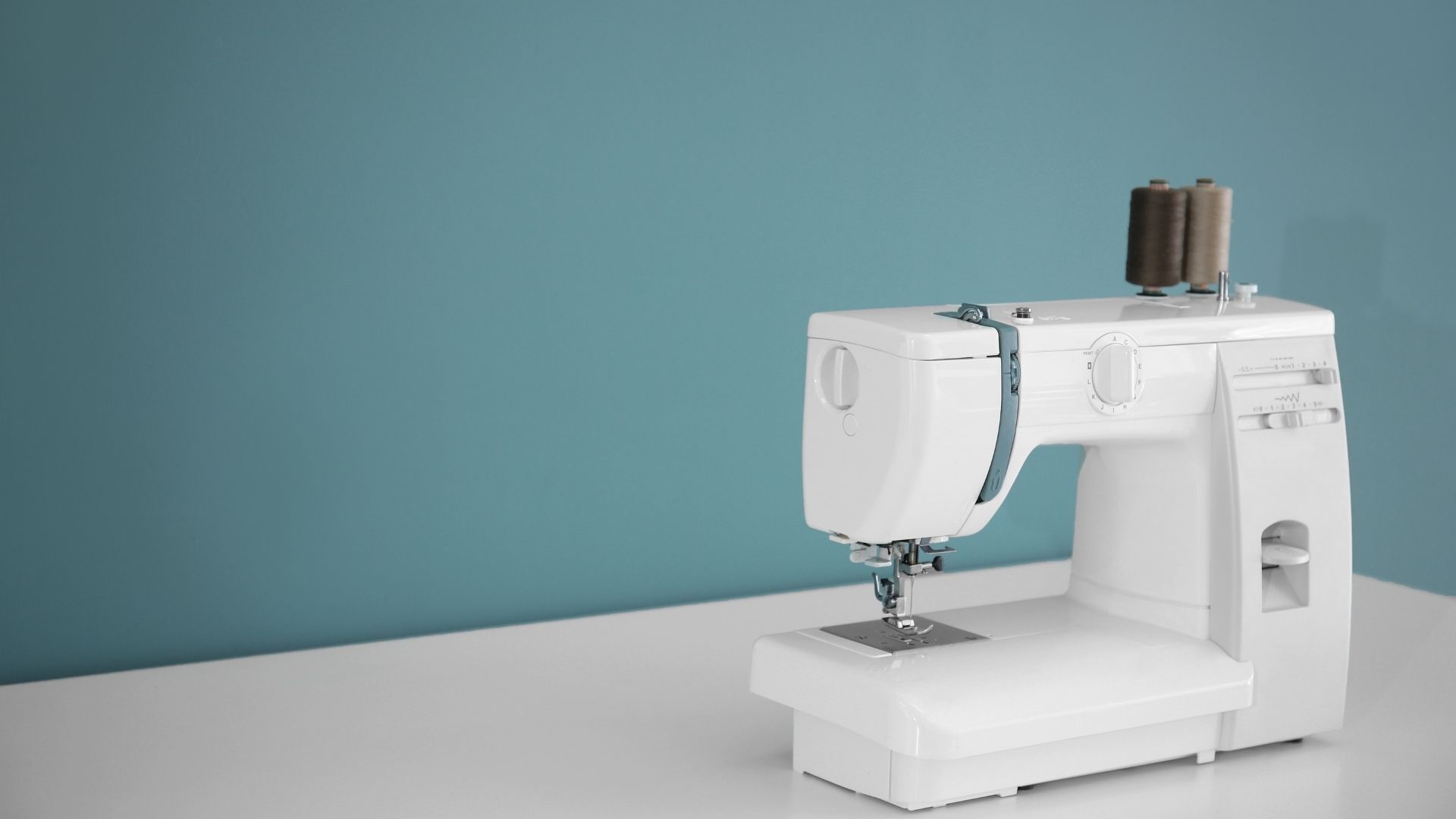
Knowing the different between sewing machine types and their uses can be a headache as there are many different types. Knowing what you want to achieve will help you decide what you require. Different types of machines serve their own purpose and each have a place in the sewing room depending on the projects you work on.
Each type of machine will have many different brands with a variety of features and differences such as stitch type, mechanisms, automated functions and more – we haven’t delved too deep here as there is a lot of different brands bringing out new models all the time.
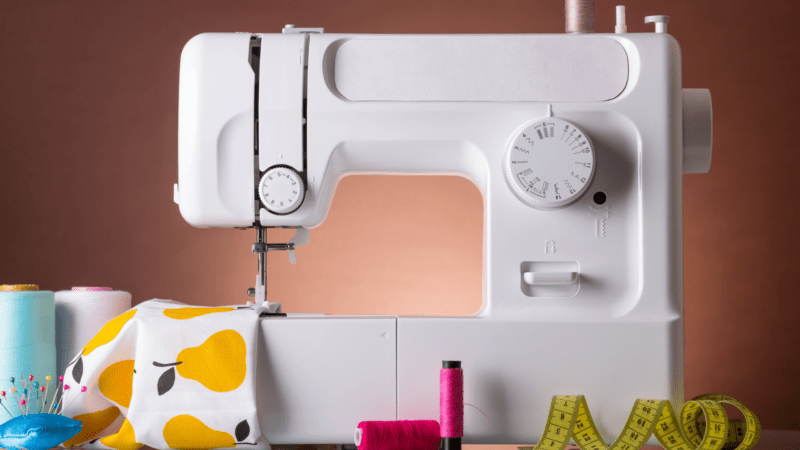
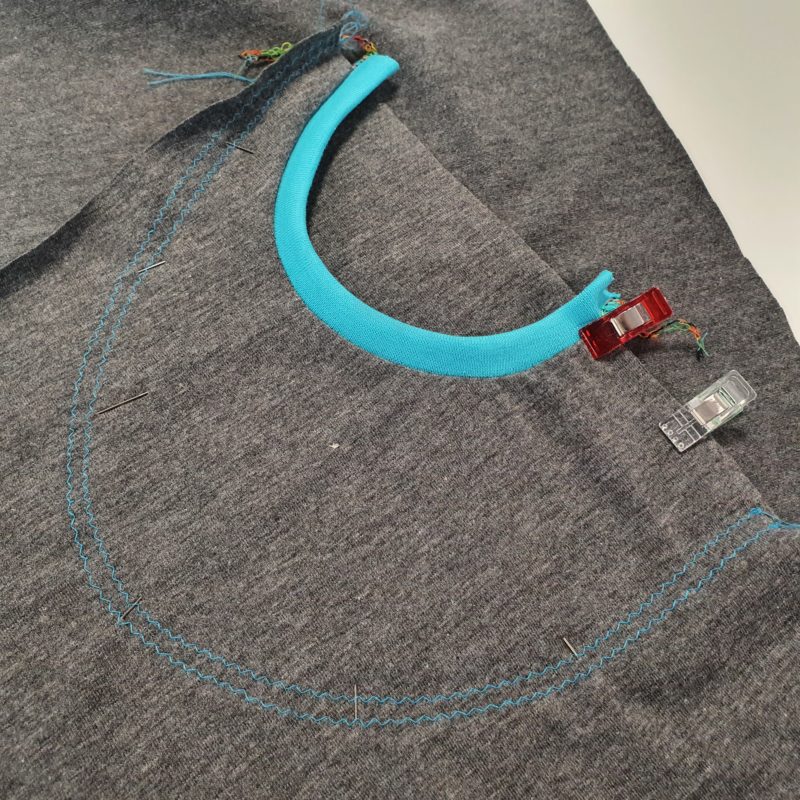
A standard sewing machine’s primary function is to sew layers of fabric together. Due to the way the fibres are laid together, woven fabric must be sewn using a sewing machine to ensure the seams don’t come apart. They are also fantastic for top stitching and are able to do a variety of decorative stitching.
You can find sewing machines in different types; general to low use, heavy duty and industrial. The type you need will depend on your level of usage and the types of fabrics you sew.
Modern machines may be computerised and have a variety of connected features – alternatively vintage machines such as Singer ones may be completely mechanical and operated by a winding handle. It all comes down to personal preference.
Most sewists will need a standard machine for garment construction due to the finishing techniques such as top stitches, applying pockets, button holes, zip additions and so much more.
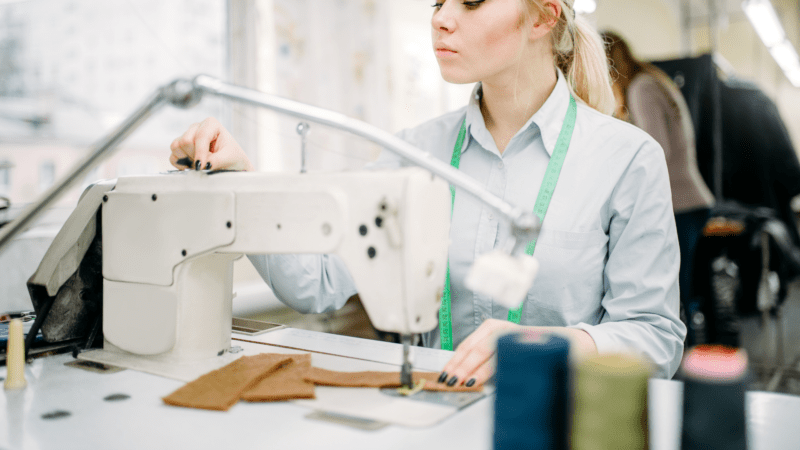
Industrial sewing machines are table integrated machines made for very heavy duty use. These may be a great choice for a sewing business with a machine constantly in use. The table reduces vibration on your hands and the shaking of the internal components of the machine.
Constantly sewing heavy materials can quickly wear out a domestic machine whereas an industrial sewing machine is able to more readily cope.
Industrial machines are more robust to be able to cope with hours upon hours of use and won’t fall victim to overheating issues from overuse – however this comes at a cost of not being portable and very tricky to store.
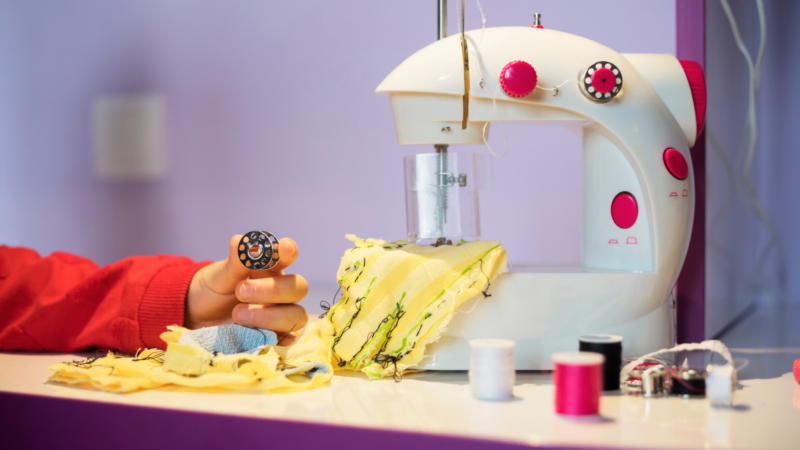
Sewing machines for kids have risen in popularity in recent years, with many major supermarkets stocking them!
Children’s machines tend to be a lot smaller with a limited range of functions but they make a perfect foray into sewing for little ones.
Developed with safety in mind, such as needle guards, these little machines are great for little projects and confidence building.
Don’t expect to be able to complete full garments on these due to their limited capability – but they’re excellent for small projects for enquiring minds.
These machines can sometimes be prone to weak stitching and threading issues so if you think you will advance onto more than basic projects then you may find it better to get a low end standard machine instead of a kids machine.
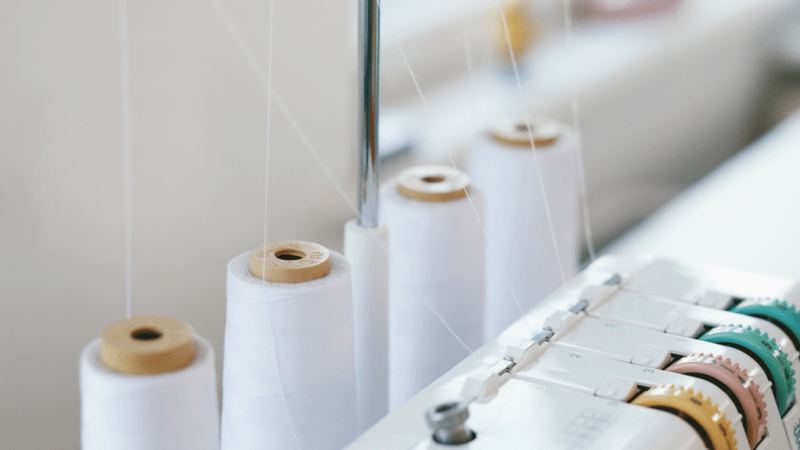
If you sew with stretch fabric, an overlocker is a huge time saver and gives a much stronger and neater finish. Also referred to as a serger from our friends across the pond, an overlocker uses 4 threads to create a really sturdy seam that stretches with movement.
An overlocked seam gives a neater and more professional finish to seams by trimming the ends off and encasing the fabric in a series of loops and stitches.
Overlocking woven fabric by itself isn’t recommended as the narrower seam allowance means the fabric can fray between the stitches but finishing the seams after standard sewing can add an extra polished layer to your garments.
Many sewists like to use rainbow sewing thread in their overlockers to avoid the need to change colours too often – and who doesn’t love a rainbow seam?
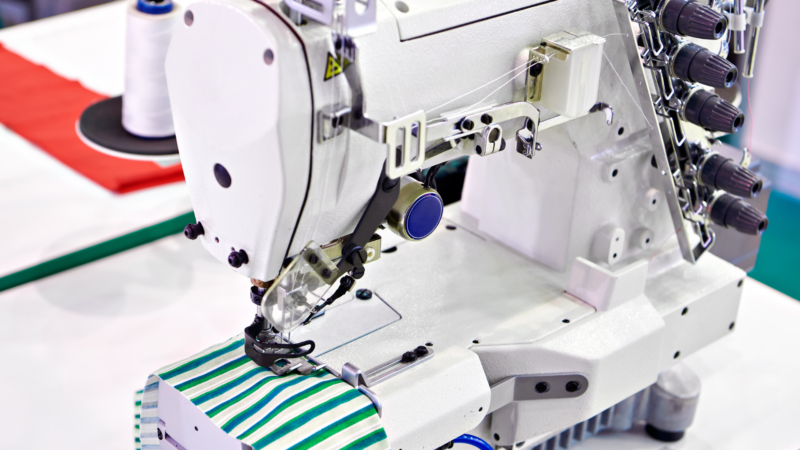
If you hate hemming, a coverstitch may just become your best friend, it has been described as a gamechanger. Often purported to be tricky to get set up, once running smootly they do they create beautiful hems.
Shop bought garment hems usually have a coverstitched hem and they add another layer of professionalism to your makes. One of the biggest appeals for sewists is not having to use a twin needle when hemming!
Using a coverstitch for small items is also made much easier by using the free arm included with lots of models.
A coverstitch machine has a limited function but its does its job to a top notch result.
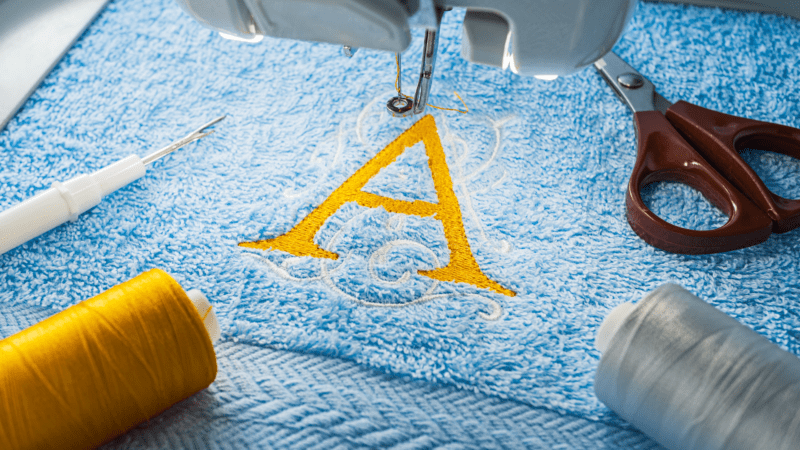
An embroidery machine is a fantastic way to add a touch of personalisation to your garments without the need for applique.
Most machines are computerised and allow you to load your own designs and creations to be embroidered.
Great for adding monograms, logos and much more.
There are an enormous amounts of variation between embroidery machine models so be sure to do lots of research and ensure the machine you choose is capable of the type of embroidery you’d like.
Whichever machine you are opting for, think about the types of projects you’ll be doing and which machine you’d get the most from.
Make sure you remember to care for your machine by performing regular maintenance and using high quality thread.
Happy hunting!